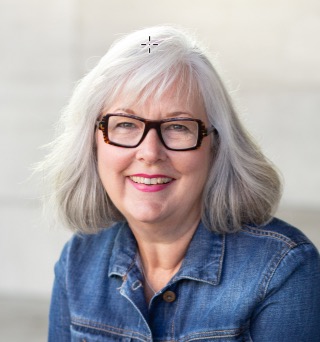Stewardship, as an Enterprise Aim?
Stewardship is the ultimate form of leadership. It requires decision-makers to think beyond themselves. It’s the art of the long view, a perspective that may span beyond a single lifetime and even generations. Many of us know people who practice stewardship in their personal lives; can stewardship operate as an enterprise aim?
Although at odds with three-month organizational reporting cycles and short-term thinking, I believe the answer is yes.
My parents stewarded our family farm, a multi-generational enterprise. And this stewardship philosophy was well-known to nations of the Haudenosaunee Confederacy, as the “Seven Generations Principle”: to this day in this tradition, decision-makers are encouraged to consider how present-day enterprise decisions might impact their descendants seven generations into the future.
And to be clear, when I speak of stewardship, I’m not contemplating a benevolent “king” or patriarch. Stewardship is about regeneration and moving forward together towards a better future. Sustainability is a very lofty aim for any enterprise; one that many organizations can’t seem to get right despite the best intentions. And yet, there are rare times when it may not be adequate to simply “sustain" the status quo; it may be necessary to aim higher, to act as stewards and figure out ways to make things better.
Walking the talk on stewardship values reflects a commitment to the highest order of leadership and enterprise thinking. It’s not for the faint of heart! It requires exceptional levels of persuasion skills to bring others on board, and an unrelenting ability to align interests that are often at odds. Acting on stewardship values often requires that self-interest be set aside in favour of more public or shared interests.
Stewardship is built upon a foundation of reciprocity—between the enterprise and its stakeholders, between the natural world and humanity, between the individual and the collective. It’s the ultimate dance.
Future-Making
Whatever your enterprise—a family farm or business, a longstanding political party or government institution or a multi-generational aspiration to improve your own community—as stewards, you must figure out ways to birth a future for your enterprise that does not yet exist. It takes courage to hold this space.
As stewards of enterprise, there are endless numbers of novel ideas vying for your attention. It may be tempting to reach for commoditized and branded business solutions or to seek outside experts to design your stewardship strategy. But there is rarely any ready-made recipe that truly fits the unique needs of individual organizations when it comes to something as distinctive and personal as values, culture and relationships.
Give yourself permission to try unscripted approaches to design, and create your own models. No one knows your enterprise better than you and your team. To teach your dinosaur to dance, you will ultimately need to choreograph your own dance steps.
RECOMMENDED READING:
Chapter 8: Dance Together Toward a Better Future, Teaching the Dinosaur to Dance: Moving beyond Business as Usual
